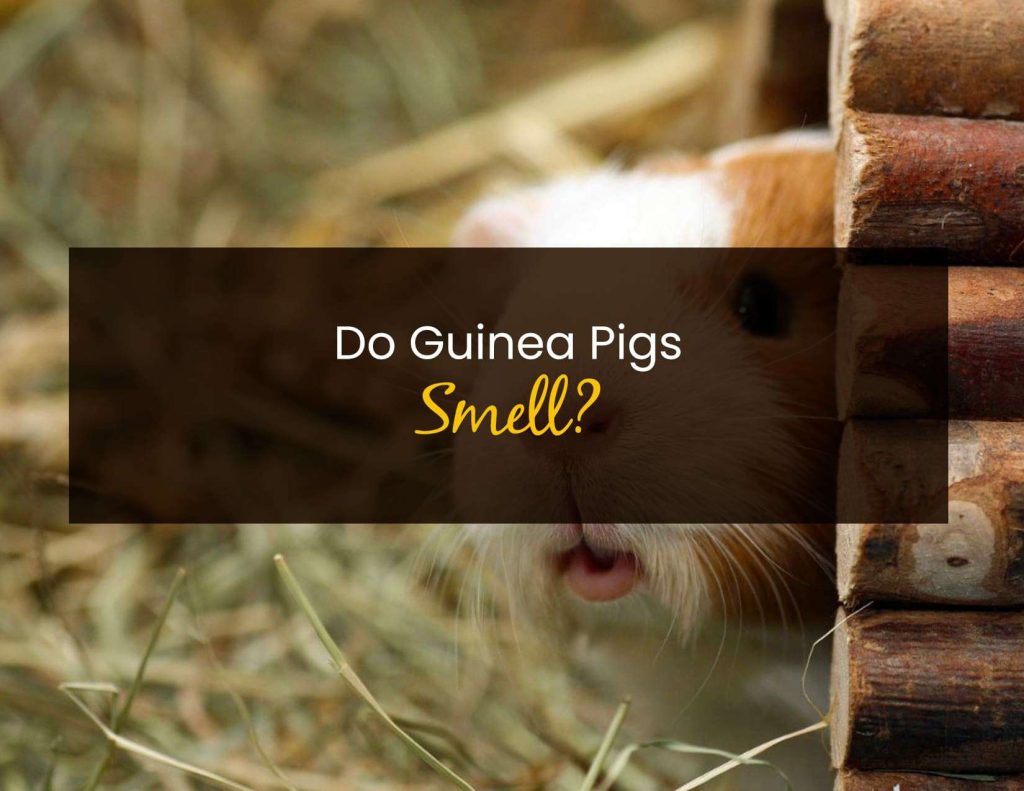You may be wondering why your bearded dragon sleeps for a day or more during the winter. At some point, it worries you because he eats less. Then you realize, maybe bearded dragons hibernate.
Do bearded dragons hibernate? Bearded dragons do not hibernate. However, they undergo a similar state known as brumation. Brumation refers to cold-blooded animals that undergo a deep sleep during winter. Unlike hibernation, it only slows down the bearded dragon’s metabolism.
If you’re curious about what bearded dragons do during brumation, keep reading because we will tackle this subject in a more detailed manner.
Difference Between Brumation and Hibernation
Hibernation happens with warm-blooded animals such as mammals. On the other hand, brumation occurs in cold-blooded animals such as reptiles. Both processes characterize slowing down the body’s metabolism through slower breathing, slower heartbeat and slower digestion.
Hibernation differs because some animals that undergo this natural process don’t just slow down their bodies’ metabolism, they completely shut it down. In brumation, animals such as lizards can still move a minimal amount.

Animals brumating rely on their body heat from the temperatures in the environment. For example, the recorded temperature outside shows 65 degrees Fahrenheit. Cold-blooded animals like the bearded dragon adapt to the 65 degrees Fahrenheit as their body temperature. However, hibernating animals display different body temperatures to their environment.
Why Do Bearded Dragons Undergo Brumation?
As cold-blooded animals, bearded dragons can’t raise their body temperature during the winter. Their body temperature depends on the temperatures outside. For example, if the environment outside drops to 60 degrees Fahrenheit, their body temperature will drop to 60 degrees Fahrenheit, also.
In that case, brumation serves as their survival strategy. They slow down their energy use until spring arrives. They burrow underground for a long sleep of three to four months. They stay dormant starting from the first week of June to September.

Brumation also stirs up the breeding stage of bearded dragons. When they undergo sleep during brumation, their hormones undergo changes. In the male bearded dragons, low temperature stimulates the male reproductive organ to produce mature sperm cells. After winter, female bearded dragons ovulate as the temperature returns to normal. This makes brumation an essential part of the breeding process.
Even bearded dragons in captivity undergo brumation — but not all. They brumate as early as 10 to 12 months old. Unlike in the wild, bearded dragons in captivity will vary their brumation. Some brumate for a few weeks, while others do it for a few months.
Just a fun fact. Your geographical location can dictate whether your bearded dragon undergoes brumation or not. As an example, bearded dragons living near the equator rarely brumate while most bearded dragons living far from the equator experience brumation.
Signs of a Brumating Bearded Dragon
You will know that your bearded dragon experiences brumation through the following indicators:
Spending More Time Sleeping

During this time, you will notice that your bearded dragon sleeps more than usual. For example, he continues sleeping during the day. Sleeping length varies because brumation in bearded dragons that live in captivity will also vary. Some owners report that their pet will sleep for four days, wake up, then go back to a long sleep again. Some will sleep for a month or even four months continuously — just like in the wild.
Loss of Appetite
The slowing down of their body metabolism such as digestion will prevent them from eating the amount of food that they normally eat. Most of the time, your pet will refuse to eat. After brumation, it may take up to two weeks before your bearded dragon goes back to its normal eating habits.
Seeking Cooler and Darker Parts of the Vivarium

You will notice that your bearded dragon will draw away from the heating spots. Instead, he will seek and stay in parts of the vivarium with shade. In the wild, a bearded dragon will burrow himself underground. This can happen to your pet in the tank by digging in the sand of his vivarium.
Lethargic
Don’t be alarmed if you see your bearded dragon acting lazy or slower than the usual movement during the brumation period. When the temperature from the surroundings drop, their activity level drops too — that includes their digestion.
Things You Need To Do
Before Brumation
Visit The Vet

Seeing a vet, especially if your bearded dragon experiences parasites, might be a wise move. If he has parasites and you don’t consult a vet about it, he may have dramatic weight loss at the end of the brumation because the parasites, such as pinworms, eat the stored fats as they brumate. A healthy bearded dragon should not lose more than 30 grams of weight at the end of its brumation period even if he doesn’t eat — or eats less.
How can you tell if your bearded dragon has parasites?
Usually, your bearded dragon doesn’t show any signs in the body. You can see it in their fecal sample. You can get a sample of their stool and take it to the vet for further check-up. However, they display behavioral and health problems, such as:
- Anorexia
- Weight loss
- Poop problems
- Lethargy
- Irritable
- Depressed
During Brumation
Provide Your Bearded Dragon A Hiding Place

Set down a hollow log to serve as their hiding place during brumation. This ensures they get a peaceful and successful brumation period. Take note that during this stage, they prefer a cool and dark place to brumate.
Keep Your Bearded Dragon Hydrated
Give your bearded dragon water through a dropper and see if he drinks. If this method doesn’t work, you can soak him in warm water once a week. A bearded dragon’s vent has the ability to absorb water, and that’s why soaking works so well in keeping them hydrated. Soak them for 20 to 30 minutes in warm water.
Reduce the Heat and Light Present in the Vivarium

During brumation, a bearded dragon doesn’t need too much heat or light as they tend to become less active. In the span of two weeks, gradually reduce the temperature and the amount of light inside the vivarium. Brumation temperature should be between 60 to 68 degrees Fahrenheit. Provide less light as they brumate — the suggested hours where the lights remain on should be around eight hours.
Lessen The Feeding
As the bearded dragon slows down digestion during brumation, feeding takes place once a week. He will refuse to eat most of the time. Feeding shouldn’t be forced as they experience this natural process. During the brumation period, a bearded dragon can go for two months without food.
After Brumation
Give Your Pet a Bath
Giving a bath after brumation re-hydrates your bearded dragon. The right water temperature for bathing your bearded dragon ranges between 80 degrees to 100 degrees Fahrenheit. Anything that goes beyond this temperature can burn your bearded dragon. Give them 15 to 30 minutes of bath time if they enjoy the water.

Return The Heat and Lights Back To Normal
After brumation, gradually switch back to normal light. Lights should last for about 12 to 14 hours a day. During the daytime, maintain a temperature that ranges from 75 to 85 degrees Fahrenheit. The basking area temperature should be 88 to 100 degrees Fahrenheit. Lastly, the temperature at night should range between 70 to 75 degrees Fahrenheit.
Go Back to a Normal Daily Feeding Schedule

Take note that after brumation, a bearded dragon slowly transitions back to normal eating. The first two days of not eating are normal. After that, you will see him eat in small bits and pieces of food. It will take two weeks until your pet gets back to normal. Make sure you offer fresh food that includes greens and crickets.
Brumating or Dying? How Do I Tell the Difference?
Lethargy, refusing to eat and not moving, happens during brumation. As a first-time owner, you might panic if you don’t know what brumation means and what happens during this period. If we think of it, these signs can be confused with a dying bearded dragon.
Signs of a Dying Bearded Dragon
- Diarrhea — characterized by watery stool, blood content and strong bad smell
- Lethargy — exhibits minimal movement or not moving at all
- Loss of Appetite — refusing to eat and losing weight
- Skin Problems — discolored parts around the mouth and skin and the body turns gray or pale
- Labored Breathing — shows mouth wide open while breathing
- Wrinkly Skin — results from dehydration and skin doesn’t go back to normal when pressed
- Eyes Sunken — the eyes look hollow
If your bearded dragon does not move, how do you tell if it brumates or died? A brumating bearded dragon breathes. It will also respond when you put him in an uncomfortable position. For example, if you flip him on his back, he will wiggle his way back to the normal position.
On the other hand, a dead bearded dragon doesn’t respond. It has a rigid body, dilated pupils and in a matter of days, it will stink.
Conclusion
To wrap it up, bearded dragons brumate — they don’t hibernate. Brumation involves sleeping for a maximum of four months and saving fats and energies through slowing down their bodies’ metabolism such as breathing, heart rate and digestion.
Hibernation differs from brumation in many ways. Hibernation occurs in warm-blooded animals whereas brumation happens to cold-blooded animals. Hibernation involves shutting down body metabolism while brumation just slows it down. Animals hibernating can maintain their body heat. Brumating animals depend on their body heat from the temperatures of the environment.
A bearded dragon shows signs such as heavy sleeping, a lack of energy, refusing to eat and staying in a cooler and darker location of the vivarium.
To ensure you keep a healthy bearded dragon, make sure to give proper care before, during and after his brumation. Take your bearded dragon for a checkup before he experiences brumation. During brumation, provide your pet with a cool and dark spot in the vivarium. Do not forget to soak him in water to prevent dehydration and reduce the amount of light, heat and food given. After brumation, give him a proper bath, return to a normal lighting, heating and feeding schedule. Be patient until his eating habits go back to normal.
Lastly, make sure that you do not mistake your brumating bearded dragon for a dying one. A dying bearded dragon exhibits signs such as discoloration of the skin, bowel movement problems, loss of appetite, lethargy, sunken eyes and breathing problems.










